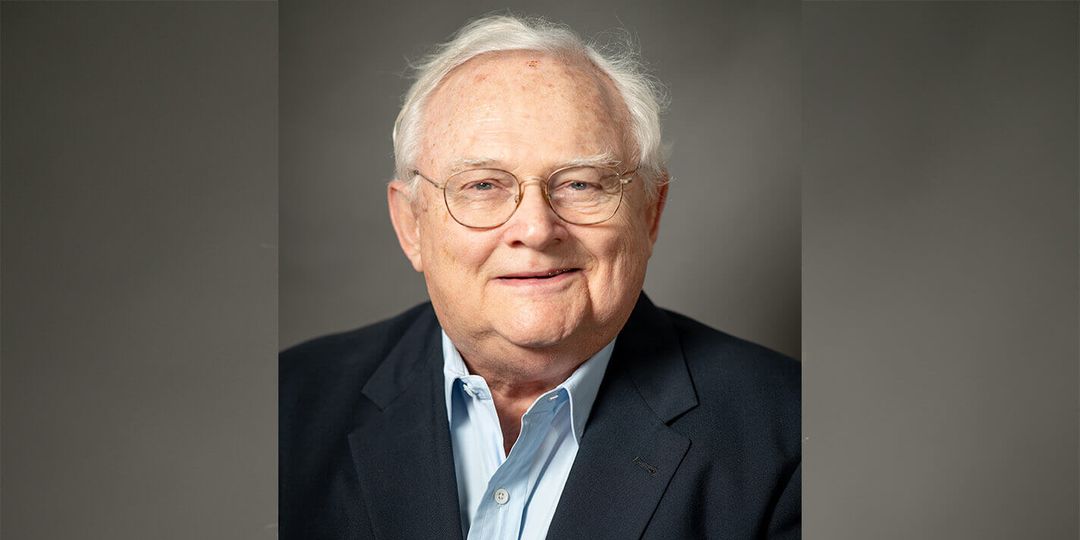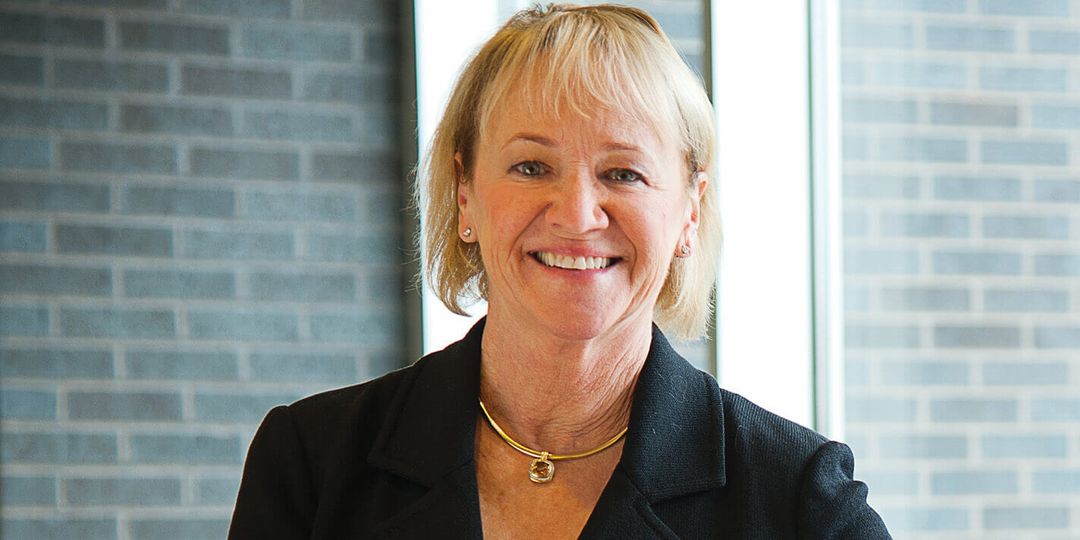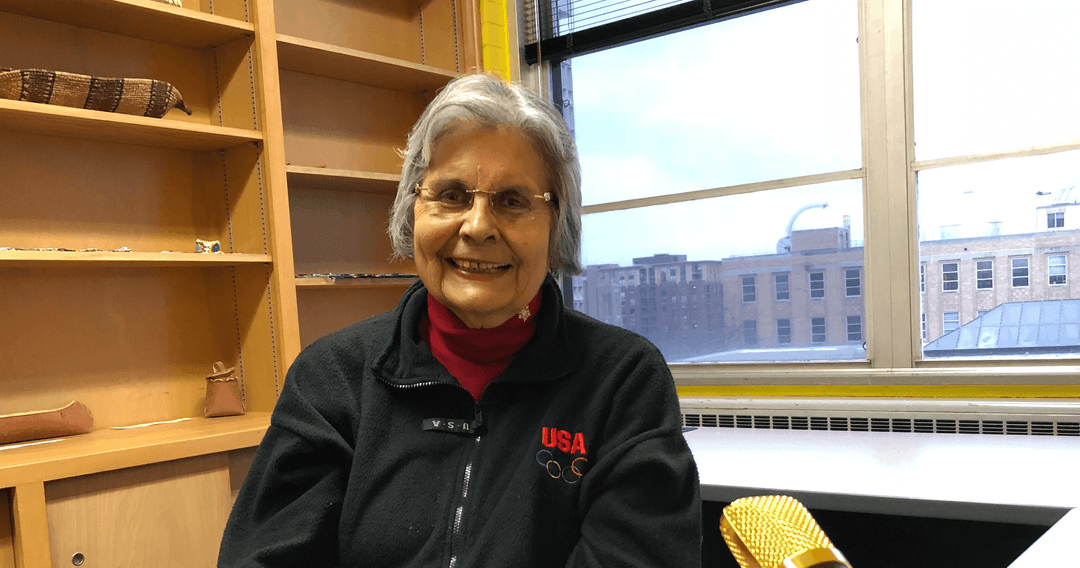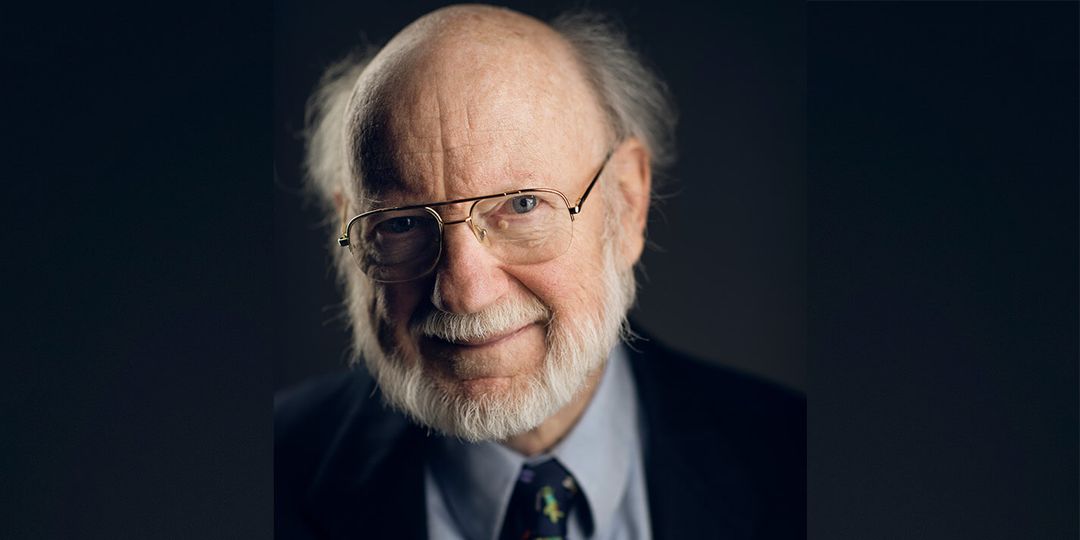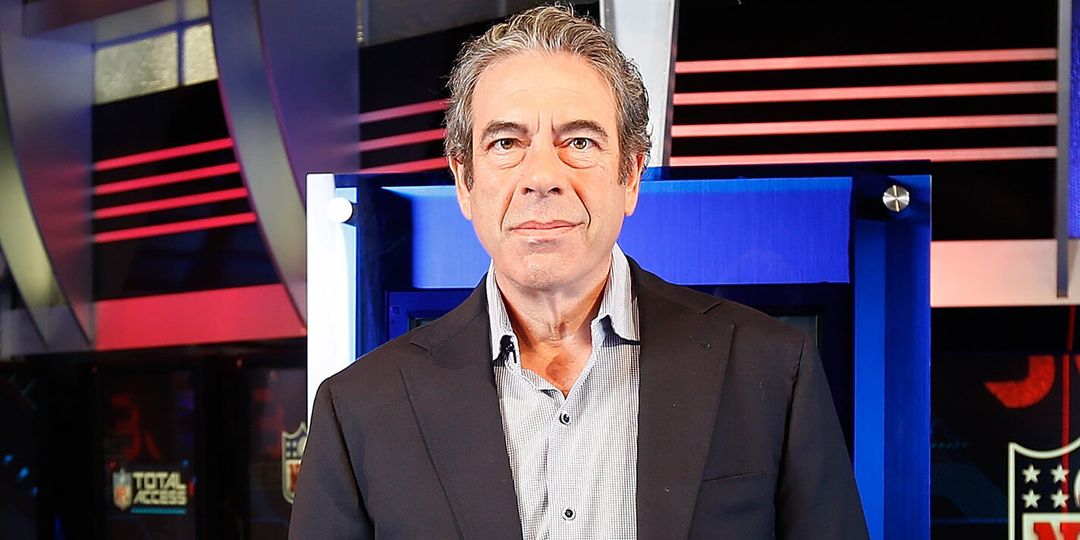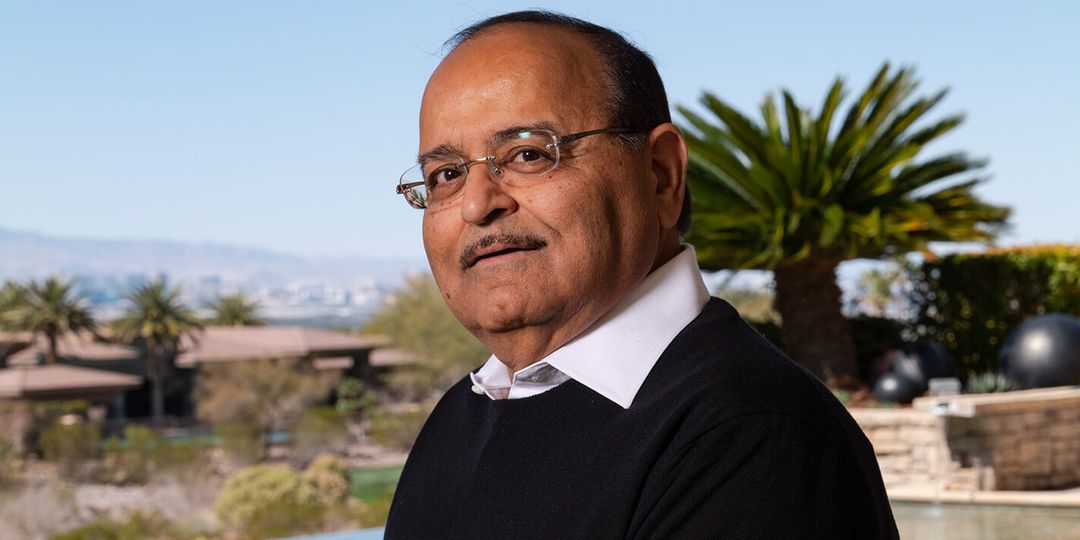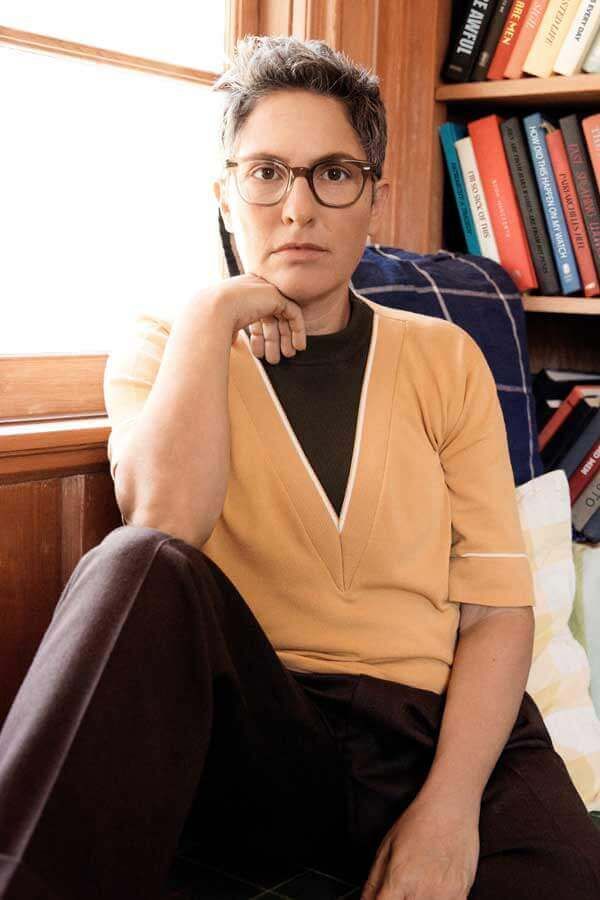2012 Distinguished Alumni Award Honoree
The young Kay Koplovitz ‘67 envied her 4th-grade classmates in South Milwaukee because most knew what they wanted to be when they grew up: doctors, pilots, teachers, and nurses.
Koplovitz, competitive and scary smart, couldn’t choose from her broad range of interests. Even as a child, it was difficult for her to settle on a traditional path.
“I was always interested in the unknown,” says the cable television visionary, founder of the USA Network, and the first female network president in television history.
Then came Sputnik in 1957, the first satellite launched by the Soviet Union, and the harbinger of unimagined political, military, technological, and scientific developments. From that point on, Koplovitz’s eyes were always on the sky. The race between the United States and the former Soviet Union engaged her competitive instincts and “insatiable curiosity.”
Koplovitz studied communications with a strong measure of science at the University of Wisconsin-Madison. She wrote her master’s thesis at Michigan State University on satellite communications after hearing a lecture by Arthur C. Clarke, author of 2001: A Space Odyssey, on geosynchronous orbiting satellites.
“I was so influenced by his passion,” says Koplovitz, who then began thinking about how the satellite system could open up communications worldwide. “It was the time of the Cold War. We didn’t know much about what was behind the Berlin Wall or the Great Wall of China. I thought it would be great to open up the world to them, and maybe they would free themselves.” She was right.
Koplovitz has come a long way from the middle-class, South Milwaukee neighborhood and the days of spring frolics and war protests at UW-Madison. She now gives interviews from her apartment on Central Park West and proudly shares stories of her adventure trips in Patagonia, New Zealand, South Africa and many places in between.
“She is one of a kind,” says Amy Millman, president of Springboard Enterprises, which Koplovitz co-founded in 2000 to raise venture capital for women entrepreneurs and other innovators. Life for Koplovitz is “a constant search for what’s happening, what’s new, how does she get involved and how can she add value.”
She is the daughter of parents who valued education as a ladder to success and urged their children to seek a life better than their own. One of Koplovitz’s biggest fans was her mother, who always urged her to reach for her dreams. It was her dad who taught her how to fill out a baseball scorecard and root for the 1957 World Champion Milwaukee Braves, featuring her hero, Henry Aaron.
She is the daughter of parents who valued education as a ladder to success and urged their children to seek a life better than their own. One of Koplovitz’s biggest fans was her mother, who always urged her to reach for her dreams. It was her dad who taught her how to fill out a baseball scorecard and root for the 1957 World Champion Milwaukee Braves, featuring her hero, Henry Aaron.
“I was in love with Henry Aaron,” the normally businesslike Koplovitz says. At age 10, she would listen to the games late at night on the radio, and when Aaron came up to bat, she would sing the 1950s pop hit “Dance with Me Henry,” while dancing and snapping her fingers.
Life got more serious in college. Her favorite class was the history of science, not only because of the concepts, but also because she learned from the stories of the great researchers and their personalities. A Phi Beta Kappa scholar, she developed a taste for science fiction because those writers had the permission to imagine a new world. “No one can tell you something can’t happen if you are writing science fiction,” she says.
Koplovitz’s youthful dreams began to come true in 1975. After stints in broadcast television and satellite communications, she and her husband, Bill, worked for a few years in cable system franchising. She chose to switch to programming in the cable industry, which at the time had few original shows.
Her next adventure stemmed from a 1975 boxing match, the historic “Thrilla in Manila” pitting Muhammad Ali against Joe Frazier for the heavyweight boxing championship of the world in the Philippines. Koplovitz was brought in to promote the cable broadcast of the live event, which stunned an international audience by sending the signal 90,000 miles up to a satellite and down to cable systems.
Broadcast television was using expensive telephone lines to share programs, and the nascent cable industry couldn’t afford the technology. The time was ripe to try out the new satellite technology, Koplovitz knew, because she had worked as a television producer, established herself in the cable industry and had written that prescient master’s thesis on satellite communications.
In 1977, Koplovitz and mentor Bob Rosencrans started the Madison Square Garden Sports Network, designed as an all-sports service to differentiate it from Home Box Office (HBO), which focused on movies. In 1980, the network became USA Network. Koplovitz, chair and CEO, led the network into the No. 1 ranking for prime-time cable viewership, a position USA Network holds to this day.
She thrived during the rapid ascension of cable television into a dominant medium with competing channels, such as CNN, ESPN, the Disney Channel and C-SPAN. When the value began to build, the competition for ownership and control accelerated. Koplovitz managed the turmoil with her on-the-job business training and grit.
“She’s an incredible sponge for information,” Springboard’s Millman says. “She’s truly an entrepreneur.”
By 1982, Time, Inc., Paramount and MCA owned stakes in USA Network. In subsequent years, Viacom/Paramount and Universal/MCA and then Universal/Seagram’s fought for control of the company. As CEO, Koplovitz launched the Sci-Fi Channel (now Syfy) in 1992 and started USA Network International in 1994. It was sold for $4.5 billion to Barry Diller, former chief of Fox, Inc., in 1998, and today is owned by NBCUniversal. Comcast owns 51 percent of that company.
Koplovitz’s proudest achievement during those challenging years of leadership at USA Network was acquiring excellent and original content, first by commissioning 24 original movies and then by adding the series Murder She Wrote and Miami Vice in the late 1980s.
Koplovitz sees USA Network’s legacy not just as the forerunner of iconic TV series such as The Sopranos, but also in a larger sense as a business model and a technological leader. The success of the USA Network led to the explosion of many other channels and technological advances that have benefited not only the United States but also other countries.
No longer can leaders, even in faraway places, work in secret without paying attention to the people on the street, she says, referencing the Mideast protests during the “Arab Spring.” They know that social media such as Facebook and Twitter will be used by activists to spread their protests around the world.
Koplovitz enjoys returning to Madison for meetings of the board of visitors for the College of Letters & Science. The campus was a “great playground” for her in the ‘60s, and today its progressive spirit appeals to her, along with the energy that she says isn’t as powerful on the many other campuses she visits to speak to students. Despite tough times, the UW “is moving forward,” she says. “It’s unstoppable.”
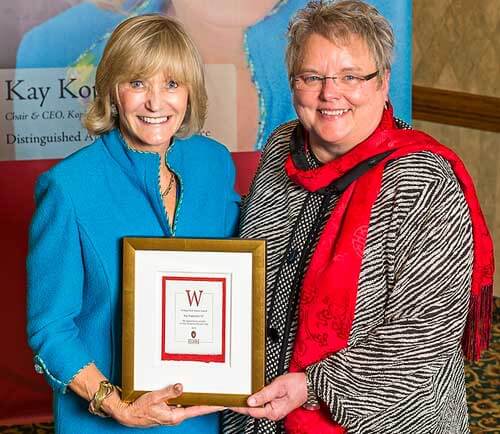
Koplovitz shares that quality with her alma mater. After she left USA Networks, then-President Bill Clinton appointed her as chair of the National Women’s Business Council. The experience led her to ask if women entrepreneurs were getting their share of private investor funding. She didn’t like what she saw.
She co-founded Springboard Enterprises, a national non-profit organization that champions venture capital investments for women-led high-growth companies. Since January 2000, it has provided training for more than 500 women-led companies who have raised over $5.5 billion in equity financing.
Koplovitz says that this effort has had the most impact of anything she has done in her career. “I find it exhilarating,” she says, “to know there are a lot of women out here who can scale businesses. It is creating a community of support. You don’t get there alone.”
Millman says that Koplovitz is not just a role model, but rather a leader who gets her hands dirty and shares invaluable expertise. “When you have the only woman in America who has built a $5 billion company, you have credibility," she says.
The longtime cable executive has also written a book — Bold Women, Big Ideas. She speaks frequently and is chair and CEO of her newest venture, Koplovitz & Company, a media and investment advisory firm. She also blogs on Huffington Post on issues related to entrepreneurs.
She is chair of the board of Fifth & Pacific (formerly Liz Claiborne, Inc.) and sits on the boards of CA Technologies and ION Network. She previously served on the boards of Oracle, Nabisco, Instinet and Gen Re.
Despite her many awards and activities, Koplovitz’s curiosity is still fueling her passions. She aims to build a plan to make Springboard sustainable. She is seeking out people at conferences “who are productive and will make daily life a lot better for people.” As she walks every day in the quiet through Central Park from home to office, she continues to mull over what she wants to be when she grows up.
For the moment, it comes down to this: “I think if you’re not moving forward, you’re moving backward. There’s no standing still in this world."
In Appreciation
I came to the university full of curiosity and only a vague sense of what I wanted to study. Because I was a fast-track student, I was fortunate to have first access to courses, even ones that limited participation to only a handful of students. This gave me ready access to professors, which I think is one of the real assets of the university. Even though its student body operates on a grand scale, students can find their way into the professors’ field of vision and take advantage of their personal mentoring.So it isn’t surprising that one of my professors, Dr. Joseph Ripley, who chaired the Department of Communications during the sixties, took a personal interest in pushing me out of my comfort zone. This is a place I have loved ever since, definitely comfortable in the future unknown. He often called me out in his class, especially when I was distracted by the antics of others, seemingly to catch me off guard. It became a game of “Gotcha,” and I rather relished it. I experimented with courses in different disciplines ranging from communications to biology, as well as a number of languages. I never got past travelers’ proficiency in French, German or Spanish, something I have regretted ever since. Maybe their time has come now.
As I worked my way through college, often having two or three jobs at a time, you’d think I wouldn’t have had time to engage in social activities like bar crawling on State Street, going to football games at Camp Randall Stadium or taking in a concert at the student Union, but I found time somehow to do all this. I especially liked taking a canoe out on Lake Mendota. It was also great to find my own small places to study, and my favorite was the cartography lab in the old Science Building at the foot of Bascom Hill.
My very favorite course was “Introduction to the History of Science.” I’ve been enthralled with space, geology, and scientific endeavors since the launch of Sputnik in 1957. So it’s not so surprising that I was captivated by Arthur C. Clarke when I heard him speak in 1966 about geosynchronous orbiting satellites. This is what motivated me to eventually launch the first national basic cable TV network distributed via satellite in 1977. It was then called Madison Square Garden Sports, and later became USA Network. What was really great about it is that it introduced the business model of two revenue streams — licensing and advertising — that have been the bedrock of hundreds of successful businesses ever since.
So I owe much of this love of the unknown, the freethinking and the acceptance of serendipitous meetings, to my experience at the University of Wisconsin. It’s the DNA of who I am today, and hopefully always will be.
